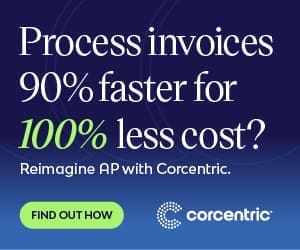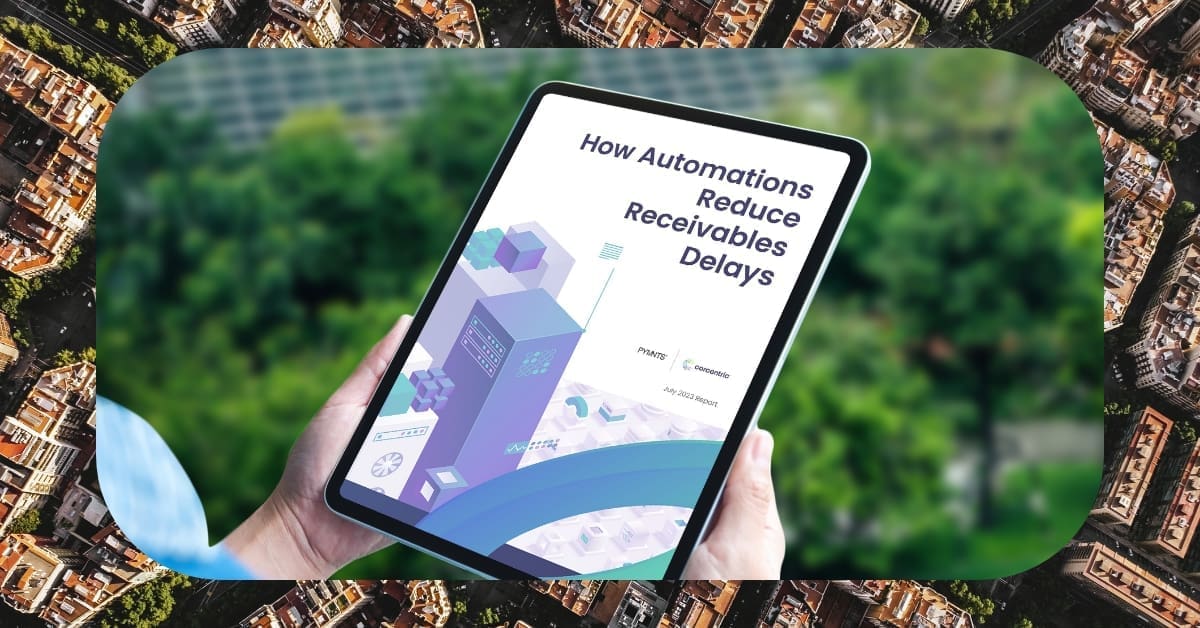Risk Of Ignoring Cloud-Based Procurement Software
Corcentric

CLOUD-BASED PROCUREMENT MANAGEMENT SYSTEM
The procurement process is critical for organizations that need to purchase materials, services, and products from vendors, to support day-to-day operations. While traditional procurement methods have sufficed in the past, many Finance Executives now recognize the need to move to cloud-based system. Using such solution can help organizations streamline their workflow and reduce expenditure. However, organizations that fail to adopt the right software face significant risks, chief among them being the potential for late payments, poor vendor relationships, and regulatory non-compliance.
The primary benefits associated with implementing cloud-based procurement system for source-to-pay (S2P) processes are the speed and accuracy of transaction processing. Leveraging cloud-based procurement solutions brings automation to the process and can significantly reduce processing time and yield real-time visibility into purchasing activities. This allows organizations to track their purchase commitments, manage operational budgets more accurately, decrease invoice payment delay, and improve vendor relationships.
Failure to move to cloud-based procurement can lead to an inability to track purchase orders and vendor performance. Manual purchase order systems lack the ability to maintain accurate inventory counts, generate purchase suggestions based on user demand, and maintain efficient lead times. This can lead to situation where purchase orders are not met properly, leading to order delays and inefficiencies.
Moreover, without real-time alerts and automated invoice processing, organizations can fall victim to disruption caused by manual invoice reconciliation. This can lead to an increased risk of errors resulting in vendor disputes or late payments, with the latter resulting in loss of goodwill with new and existing vendors alike.
Organizations that rely on manual purchase tracking also face the risk of non-compliance with regulations, such as the Sarbanes-Oxley Act and the European Union?s General Data Protection Regulation (GDPR). Manual tracking processes make it difficult to demonstrate compliance, leading to significant costs and possible erosion of the organizations reputation.
Specifically implemented for S2P processes, cloud-based procurement system can enable Finance Executives to accurately forecast their costs, and quickly and accurately reconfigure their inventory needs and budgets as needs arise. Such system helps maintain order accuracy and compliance, provides greater visibility into the procurement process, and generally enables improved vendor relationship management.
Ultimately, organizations that ignore the need to migrate to cloud-based procurement solutions face potentially significant risks in terms of lost time, lost money, decreased efficiency and accuracy, and the potential of regulatory non-compliance. CFOs should consider the many potential benefits of migrating to S2P software, reap the rewards of more cost-effective, agile, and transparent procurement process.

